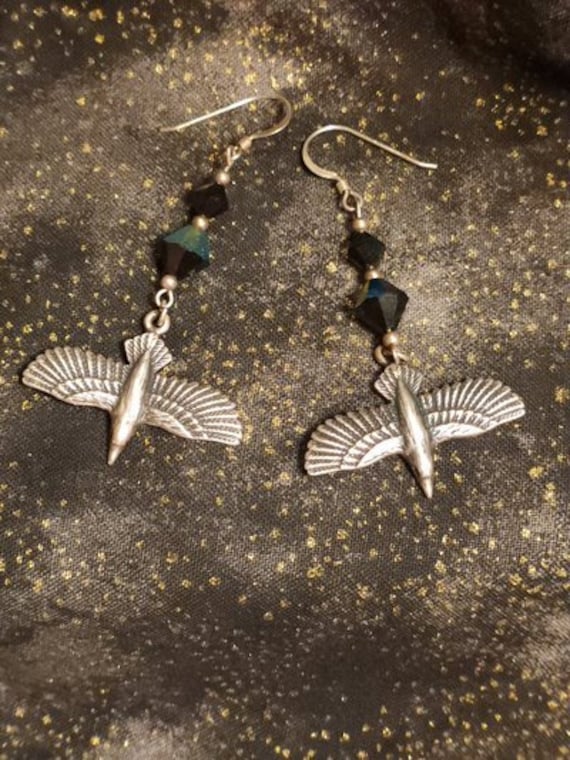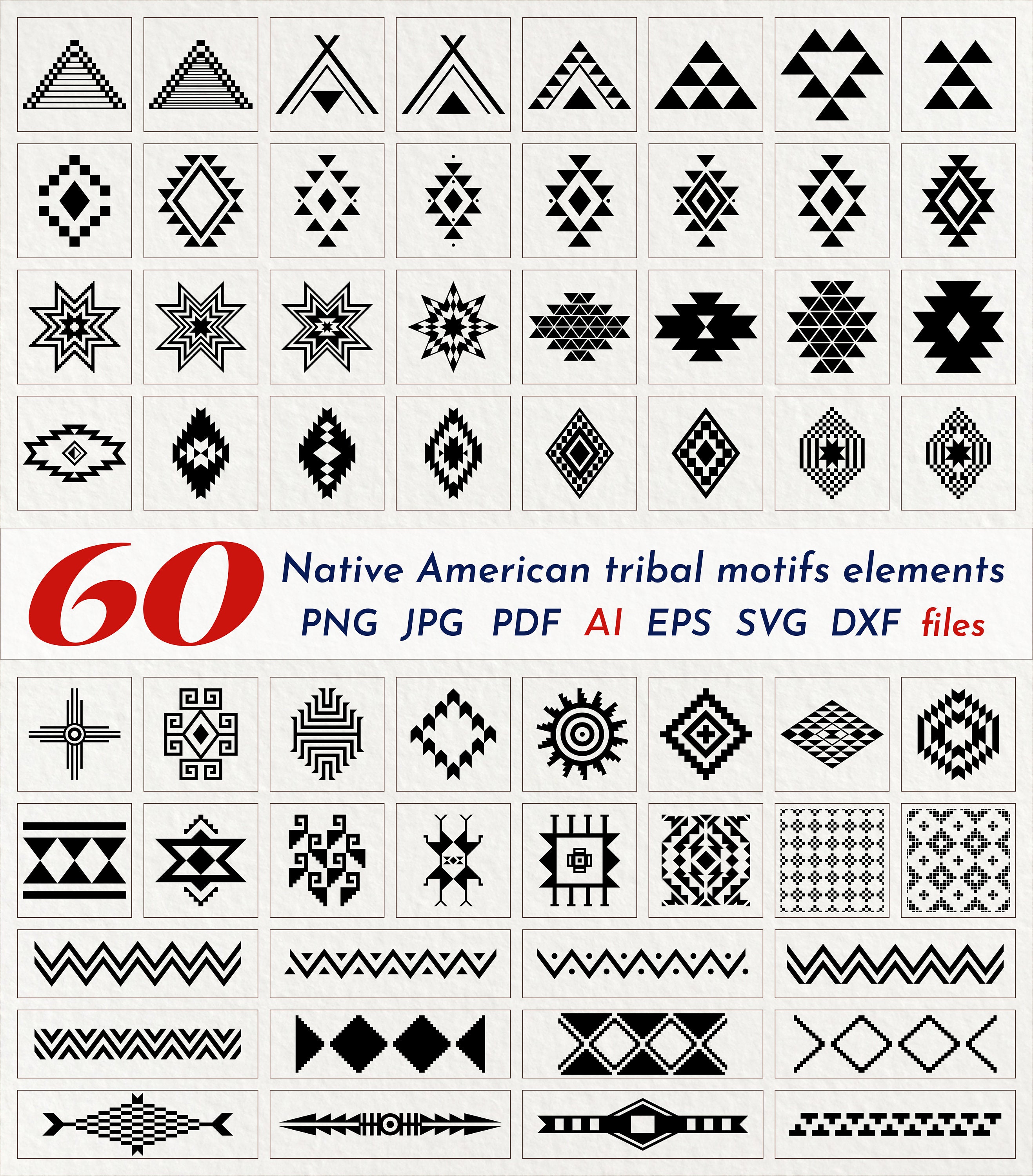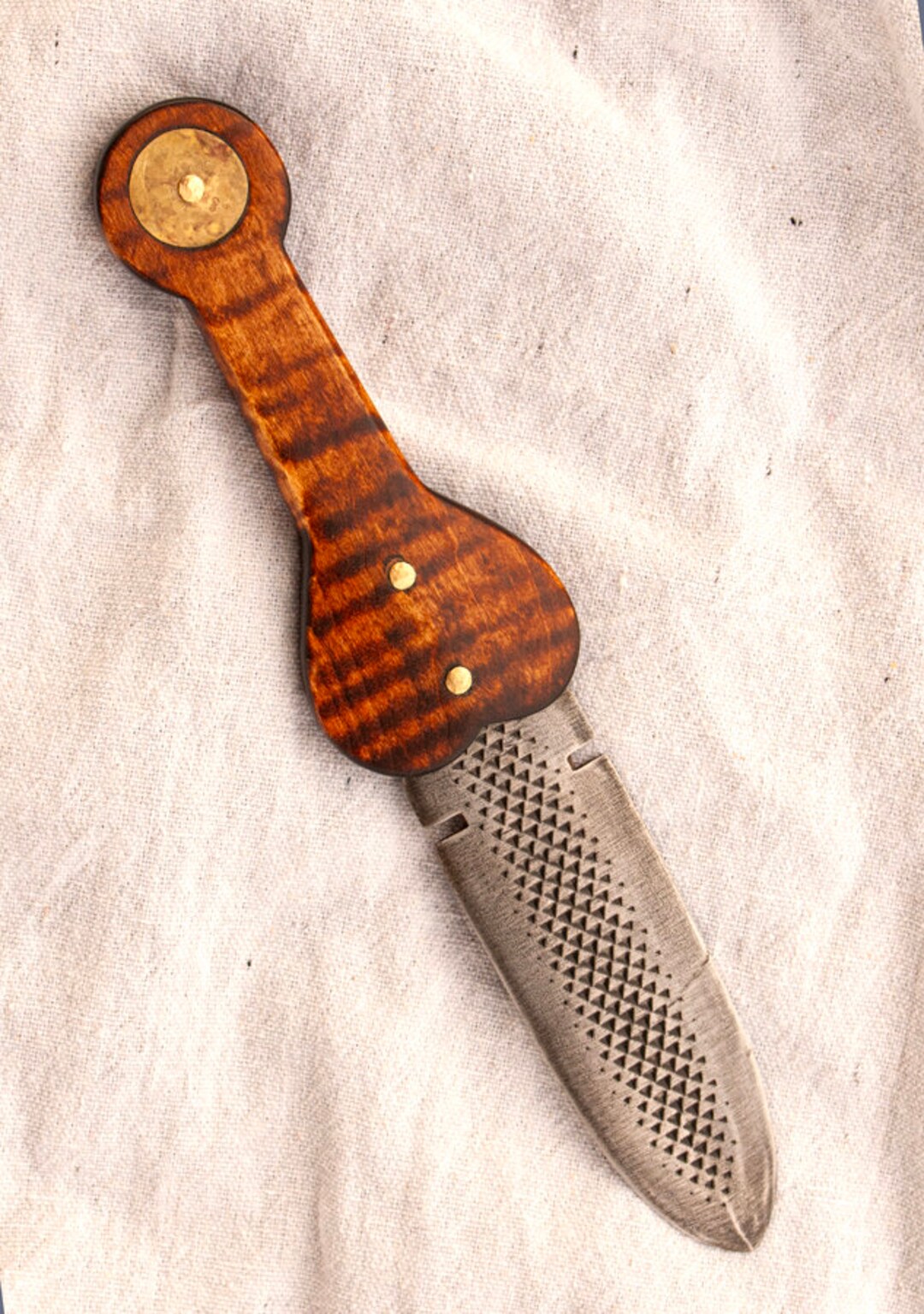
Journeying Through Indigenous Cartography: A Review of the National Museum of the American Indian’s Map Collections
Maps are more than just lines on a page; they are stories, histories, and worldviews etched onto a surface. For centuries, Western cartography has shaped our understanding of geography, imposing grids and boundaries. But what if we told you there’s a place where you can journey through an entirely different cartographic tradition, one that speaks of deep cultural connection, spiritual landscapes, and ancestral memory? We’re talking about the profound world of Native American tribal maps, and for an unparalleled deep dive into this subject, albeit primarily through high-quality reproductions, there is no better starting point than the National Museum of the American Indian (NMAI) in Washington D.C.
Forget the usual travel blog fare of picturesque landscapes and bustling markets for a moment. This is a journey into the very soul of a continent, explored through the indigenous lens of space and place. The NMAI, a Smithsonian institution, stands as a beacon for Native American cultures, offering a unique opportunity to engage with these powerful historical documents. While original, fragile tribal maps are rare and often held in specialized archives, the NMAI excels in making their reproductions accessible, allowing travelers and researchers alike to uncover layers of history that conventional maps simply cannot convey.
The Uncharted Territory of Indigenous Worldviews

Before we delve into the NMAI experience, it’s crucial to understand what distinguishes Native American tribal maps from their European counterparts. Colonial maps typically focused on fixed boundaries, property lines, and resources for exploitation. Indigenous maps, however, were often fluid, dynamic, and deeply integrated with oral traditions, spiritual beliefs, and practical knowledge of the land. They might depict:
- Migration Routes: Tracing ancestral journeys over generations.
- Hunting Grounds and Resource Zones: Indicating seasonal movements, game paths, and plant gathering areas.
- Sacred Sites: Marking places of spiritual significance, ceremonial grounds, and mythological landscapes.
- Treaty Boundaries: Documenting agreements and land cessions, often from a perspective vastly different from the colonial record.
- Kinship and Social Networks: Showing relationships between communities and families across territories.


These maps were not always static drawings. They could be mnemonic devices, carved into wood, drawn on animal hides, painted on rocks, or even woven into textiles. They were living documents, constantly updated through oral narratives and collective memory, reflecting a relationship with the land that was reciprocal and deeply personal. The challenge for modern researchers and museums is to make these often ephemeral, culturally specific documents accessible and understandable without stripping them of their original context. This is where high-quality reproductions become invaluable.
The NMAI Experience: A Gateway to Indigenous Cartography
Located on the National Mall, the NMAI itself is a striking architectural marvel, designed in collaboration with Native communities to reflect indigenous principles. Its curvilinear form, natural materials, and orientation to the cardinal directions immediately signal a departure from conventional museum experiences. Inside, the NMAI prioritizes Native voices, ensuring that the stories and artifacts are presented from indigenous perspectives. This philosophy extends profoundly to its approach to cartography.
While the NMAI may not always feature a dedicated, standalone exhibit solely on "reproduction Native American tribal maps" at any given time (exhibits rotate and evolve), the themes, principles, and direct examples of indigenous mapping are woven throughout its permanent collections and temporary displays. Furthermore, its extensive Resource Center and Library offer unparalleled access to digital and physical reproductions, making it a critical hub for anyone serious about exploring this topic.
Imagine stepping into an exhibit that showcases a reproduction of a ledger drawing map from a Plains tribe, depicting a crucial buffalo hunt or a battle. You see not just a territory, but the movement of people, the animals they pursued, and the spiritual significance of the landscape. Or perhaps you encounter a digital reproduction of a Wampum belt, not just as a decorative object, but as a sophisticated mnemonic map that records treaties, alliances, and historical events through its intricate beadwork patterns.
The power of NMAI lies in its ability to contextualize these reproductions. Accompanying narratives, oral histories from tribal elders, and interactive displays allow visitors to understand how these maps functioned within their respective cultures. You’re not just looking at a copy of an old map; you’re learning about the worldview that created it, the people who used it, and the stories it holds.

The Value of Reproductions: Bridging Past and Present
For a travel blog focused on discovery and cultural immersion, the emphasis on reproductions at NMAI might seem counterintuitive. Why not originals? The answer lies in accessibility, preservation, and education.
- Preservation: Original Native American maps, often made from organic materials like animal hides, bark, or even sand, are incredibly fragile. Exposure to light, humidity, and handling can cause irreversible damage. Reproductions allow these invaluable documents to be studied and appreciated without risking the originals.
- Accessibility: Reproductions make these rare artifacts available to a much wider audience. Imagine a high-resolution digital reproduction projected onto a large screen, allowing visitors to zoom in on intricate details that would be impossible to discern from behind glass. The NMAI often uses such technology, creating immersive experiences that highlight the complexity and artistry of indigenous cartography.
- Educational Depth: High-quality reproductions enable scholars, educators, and the general public to compare different mapping traditions, analyze symbols, and trace historical narratives. They facilitate a deeper understanding of indigenous knowledge systems, land management practices, and historical claims. For example, by comparing a reproduction of a Cherokee land claim map with a contemporary U.S. government survey, one can immediately grasp the differing perspectives on land ownership and boundaries.
At NMAI, you might find reproductions of maps related to:
- Pacific Northwest Coastal Peoples: Depicting fishing territories, clan territories, and ceremonial routes.
- Southwestern Pueblo Communities: Showing agricultural lands, water sources, and ancestral migration paths.
- Eastern Woodlands Tribes: Illustrating seasonal hunting territories, village locations, and trade networks.
Each reproduction is a window into a unique indigenous relationship with the land, challenging the Eurocentric notion that "discovery" was possible on an already mapped and understood continent.
Planning Your Visit: Beyond the Galleries
To truly experience the depth of Native American cartography at NMAI, a focused approach is key. Don’t just wander aimlessly.
- Check Current Exhibits: Before your visit, check the NMAI website for current and upcoming exhibitions. While a dedicated map exhibit might not always be featured, many shows will incorporate mapping concepts or display reproductions as part of broader themes like land rights, cultural identity, or historical narratives.
- Utilize the Resource Center: For the most direct engagement with reproductions, head to the NMAI’s John C. Ewers Native American Art and Culture Library and the Archives Center. Here, you can request to view digital reproductions of maps from their extensive collections. While not a typical "travel destination" activity, for those genuinely interested, this is where the real deep dive happens. Librarians and archivists are incredibly helpful and can guide you to relevant resources.
- Engage with Interpretive Staff: NMAI often has knowledgeable staff and Native cultural interpreters throughout the museum. Ask them about specific exhibits and how they relate to indigenous perspectives on land and mapping. Their insights can unlock deeper meanings.
- Consider the Broader Context: Remember that these maps are part of a living culture. Explore other exhibits on traditional arts, languages, and contemporary issues. This holistic approach enhances your understanding of the maps’ significance.
Conclusion: Maps as Living Narratives
A visit to the National Museum of the American Indian is far more than just seeing artifacts; it’s an immersive educational experience. For travelers seeking a profound connection to the history and cultures of North America’s original inhabitants, exploring the world of Native American tribal maps, even through their meticulously presented reproductions, offers an unparalleled opportunity.
These maps are not static historical relics; they are living narratives that continue to inform indigenous identity, land claims, and cultural revitalization efforts today. They challenge us to reconsider our own assumptions about geography, ownership, and history. By engaging with these powerful cartographic traditions at NMAI, you don’t just travel across a continent; you travel through time, through different ways of seeing, and through the enduring spirit of indigenous peoples. It’s a journey that will forever change the way you look at the land beneath your feet. So, next time you’re in Washington D.C., step off the beaten path and embark on this truly unique cartographic adventure.
